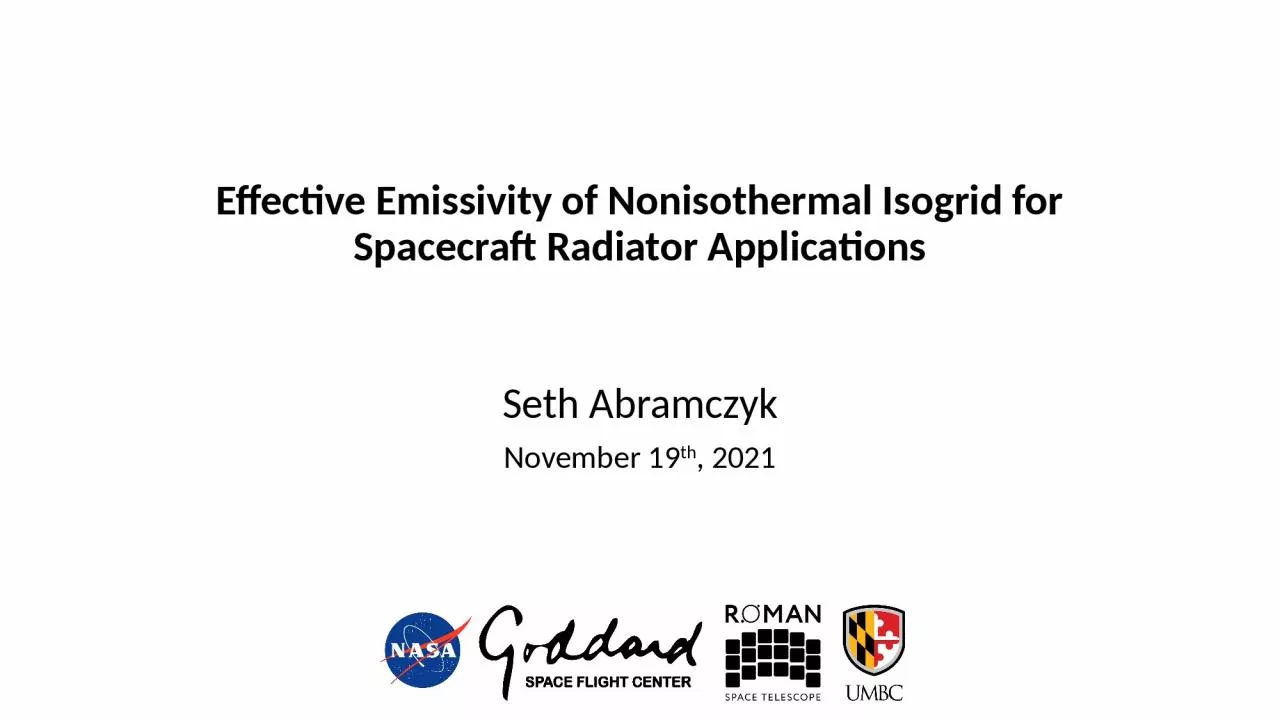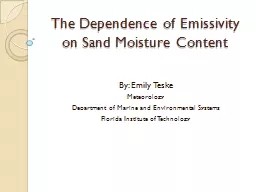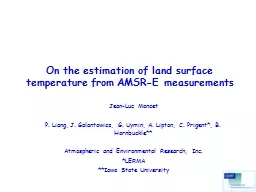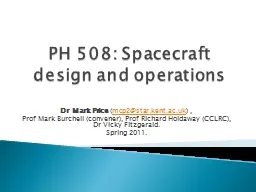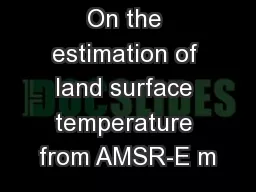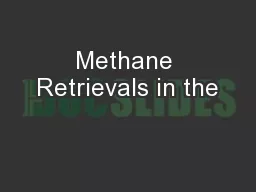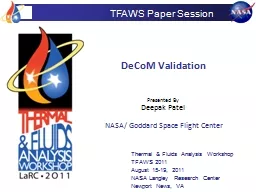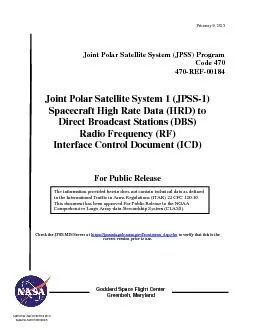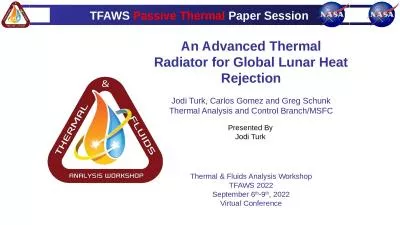PPT-Effective Emissivity of Nonisothermal Isogrid for Spacecraft Radiator Applications
Author : stella | Published Date : 2023-10-04
Seth Abramczyk November 19 th 2021 Abstract Accurate knowledge of the optical properties of spacecraft components especially external components is critical for
Presentation Embed Code
Download Presentation
Download Presentation The PPT/PDF document "Effective Emissivity of Nonisothermal Is..." is the property of its rightful owner. Permission is granted to download and print the materials on this website for personal, non-commercial use only, and to display it on your personal computer provided you do not modify the materials and that you retain all copyright notices contained in the materials. By downloading content from our website, you accept the terms of this agreement.
Effective Emissivity of Nonisothermal Isogrid for Spacecraft Radiator Applications: Transcript
Download Rules Of Document
"Effective Emissivity of Nonisothermal Isogrid for Spacecraft Radiator Applications"The content belongs to its owner. You may download and print it for personal use, without modification, and keep all copyright notices. By downloading, you agree to these terms.
Related Documents

